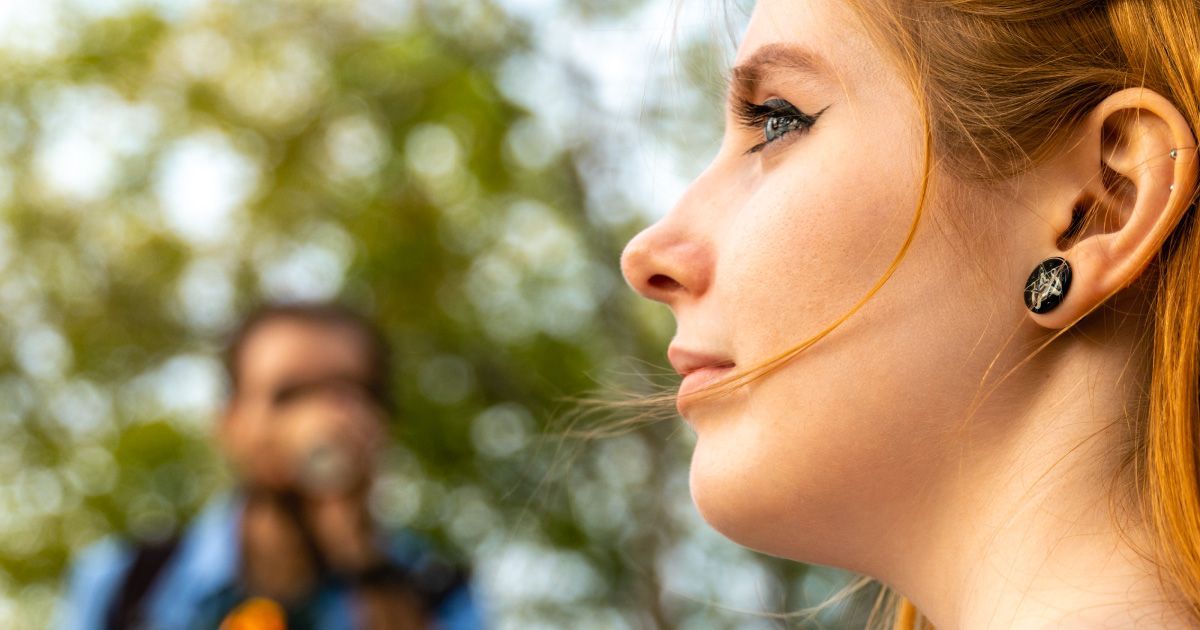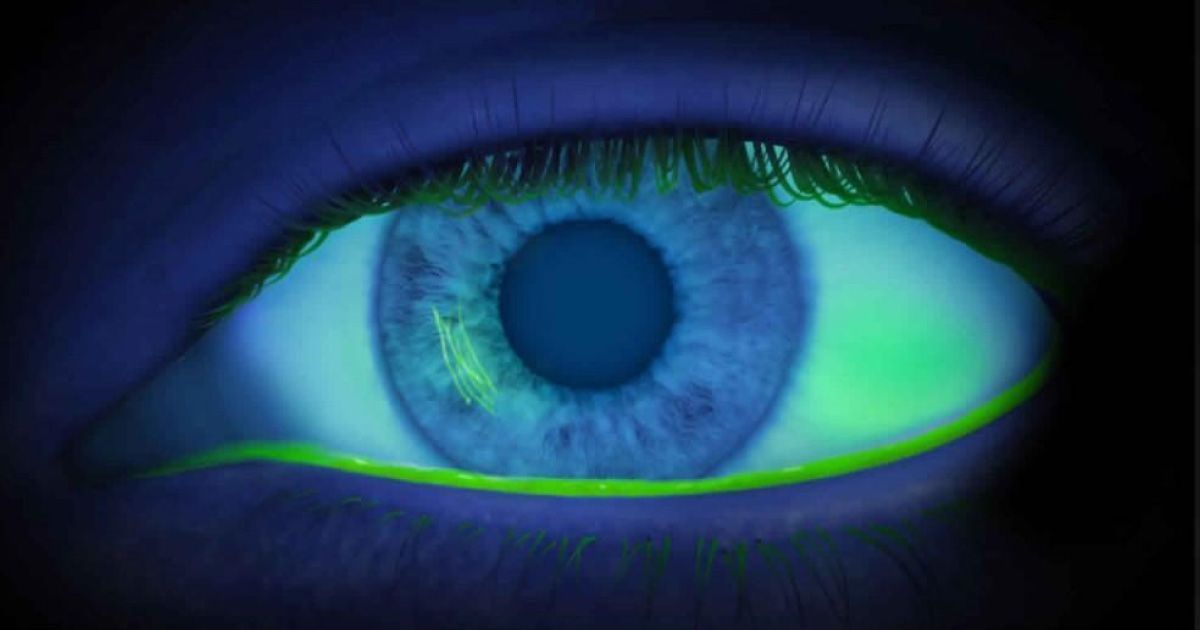The Lens of Time: Historical Eyewear Trends Making a Comeback

Read time: 4 minutes
Fashion often brings old trends back to the spotlight, and eyewear is no different. Some historic styles are making a strong comeback in 2025. Whether it's the charming round frames or the sassy cat-eye shapes, these retro designs are winning hearts again. The timeless aviator glasses also keep their cool vibe and remain a favorite. Plus, the push for sustainability has given new life to vintage-inspired eyewear made from eco-friendly materials.
Classic eyewear styles are appealing because they carry a sense of nostalgia while still looking fresh and trendy. These designs offer something unique that modern styles sometimes lack. People enjoy wearing something with a history and story behind it. It's like bringing a piece of the past into the present, making a stylish statement.
Choosing sustainable options makes these classic styles even better. By using eco-friendly materials, brands are blending the vintage look with modern responsibility. This approach not only helps the planet but also offers unique eyewear choices that stand out. In this article, we'll explore four major trends in historical eyewear that are making a grand return.
The Comeback of Classic Round Frames
Round frames have a rich history in eyewear fashion. Popular in the early 20th century, they were often seen as intellectuals, scholars, and famous personalities like John Lennon. These frames symbolized wisdom and a forward-thinking attitude. As time passed, they fell out of favor for more angular designs, yet their charm remained.
Recently, classic round frames have made a strong return. People love their simple yet stylish look. These frames flatter many face shapes and offer a blend of vintage appeal and modern chic. The minimalist design suits both casual and formal settings, making them versatile. Today, round frames are available in various colors and materials, adding to their renewed popularity.
Visit our virtual store to check out our in-stock round eyeyear.
Retro Cat-Eye Frames: Vintage Glamour Returns
Cat-eye frames first became popular in the 1950s and 60s. Originally crafted for women, these glasses featured upswept edges that gave them a playful, feminine look. Iconic celebrities like Marilyn Monroe and Audrey Hepburn made these frames a symbol of old Hollywood glamour and elegance.
Modern versions of cat-eye frames honor their vintage origins while incorporating fresh twists. Designers play with bold colors, patterns, and materials to make them stand out. Some newer styles have exaggerated cat-eye shapes for a more dramatic effect, while others keep it subtle for everyday wear. These updates make cat-eye frames perfect for anyone looking to add a touch of retro glamour to their style.
Visit our virtual store to check out our in-stock cat-eye eyeyear.
The Timeless Appeal of Aviator Glasses
Aviator glasses have a storied history, deeply rooted in military use. Originally designed in the 1930s for pilots, these glasses featured large lenses to cover the entire field of vision and protect against glare at high altitudes. The U.S. military adopted them, and they quickly became known for their practical and stylish design.
Today, aviators remain a popular choice. They have evolved beyond their military origins to become a fashion staple. Modern aviators come in various tints, frame materials, and sizes. Whether you prefer a sleek metallic look or a bold acetate frame, there's an aviator style for everyone. Their versatile design works well with different outfits, making them a go-to option for many.
Visit our virtual store to check out our in-stock aviator eyewear.
Sustainable and Eco-Friendly Vintage-Inspired Eyewear
Sustainability is a growing trend in fashion, and eyewear is no exception. Vintage-inspired eyewear made from eco-friendly materials is now available, combining classic looks with modern environmental responsibility.
Many brands use recycled metals, biodegradable plastics, and sustainably sourced wood to create stylish glasses that don't harm the planet. These sustainable materials help reduce waste and conserve resources, making it easier for you to make a responsible choice without sacrificing style.
Severral of the brands we carry at Urban Optiks Optometry, including Vinylize, FEB31ST, and Rolf Eyewear have embraced these practices, offering a range of eco-friendly vintage designs. By choosing these options, you can enjoy the aesthetic of classic eyewear while supporting efforts to protect the environment. These glasses are a great way to blend timeless fashion with a conscious approach to modern living.
Visit our virtual store to check out our in-stock Sustainable Eyewear.
The Takeaway
The revival of historic eyewear trends like round frames, cat-eye styles, aviators, and eco-friendly designs shows how timeless fashion can be. These classic styles offer both charm and functionality, making them appealing to a wide range of people. Whether you're drawn to the intellectual look of round frames, the glamorous cat-eye, the cool aviator, or the eco-friendly vintage options, there's something for everyone.
Eyewear trends come and go, but the ones that stand the test of time bring a unique sense of style and history. Adding these classic pieces to your collection can elevate your look and tell a story of fashion through the ages.
Ready to find your perfect pair? Look no further than Urban Optiks Optometry in San Diego for a wide selection of these timeless styles. Explore our luxury eyewear online today and discover the perfect blend of vintage charm and modern quality!
Share this blog post on social or with a friend:
The information provided in this article is intended for general knowledge and educational purposes only and should not be construed as medical advice. It is strongly recommended to consult with an eye care professional for personalized recommendations and guidance regarding your individual needs and eye health concerns.
All of Urban Optiks Optometry's blog posts and articles contain information carefully curated from openly sourced materials available in the public domain. We strive to ensure the accuracy and relevance of the information provided. For a comprehensive understanding of our practices and to read our full disclosure statement, please click here.


















